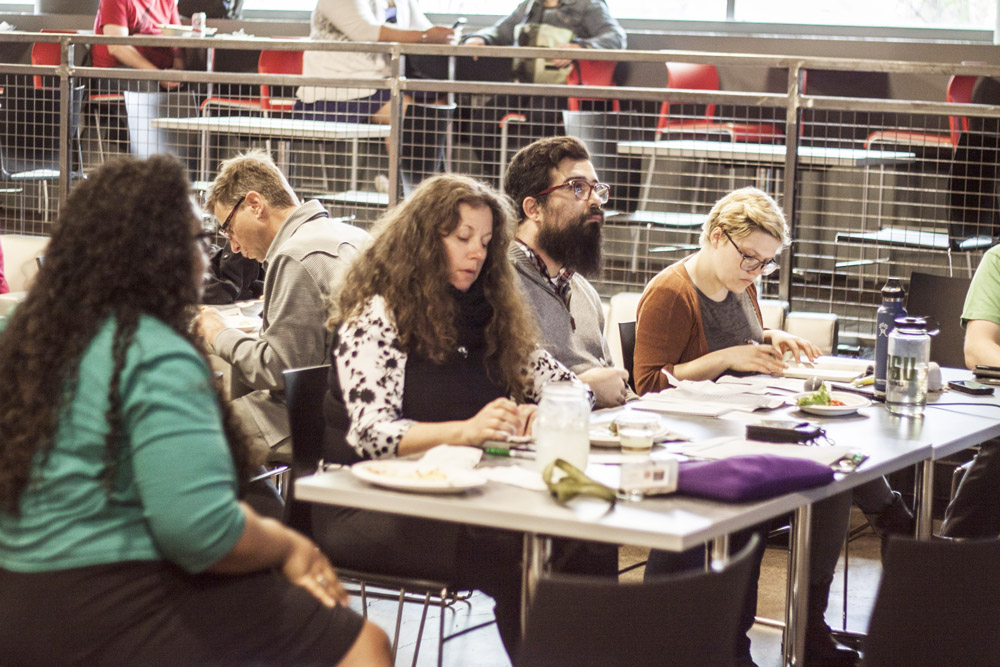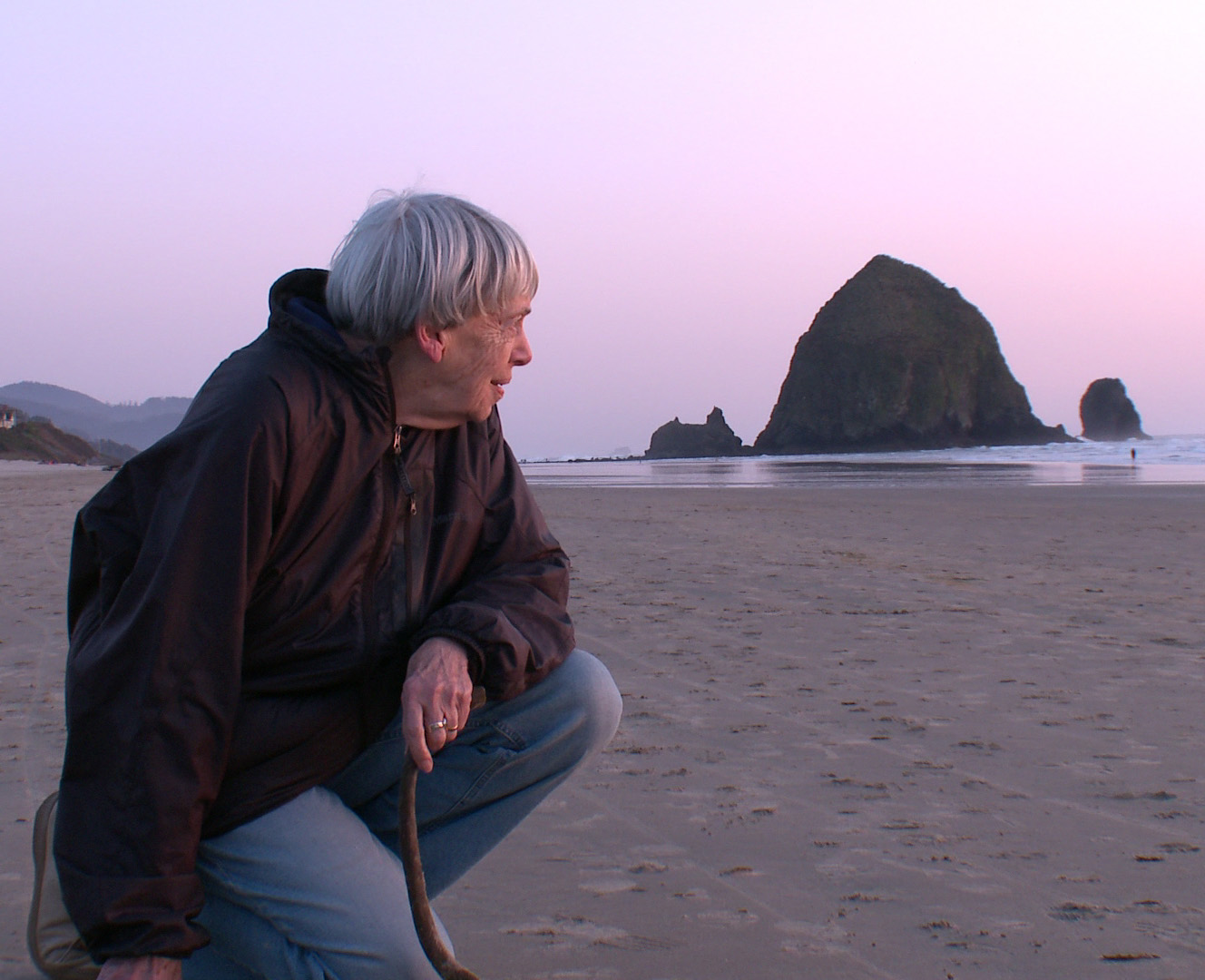When I first moved to Portland—my merchandising job had transferred me from California—my new boss escorted me to the Safeway on N.W. 13th and Lovejoy, which was one of the stores on my route. It was my first introduction to the Pearl District, with its quiet cobblestone streets, and I could immediately tell we had entered a different area of town.
“This is the rich neighborhood,” my boss told me. She laughed about it and mentioned sidewalks filled with people walking very tiny dogs. I had the various names of districts thrown at me since I arrived and I was still trying to tell one from another, but the idea of a neighborhood like that made sense to me. Every city has one, right?
In reality, the Pearl District used to be much different. There are concrete reasons why many Portland natives look at it with amusement or even scorn. The actual name of the area wasn’t coined until 1986, when a local art dealer named Thomas Augustine said that the studios and creative spaces inside the district’s old industrial buildings were like pearls inside of oysters. Before that, it was simply an industrial area, home to freight train traffic, local businesses and breweries. Developers swooped in and made it artistic and fashionable.
The Pearl, which is bordered by downtown, the Willamette river, N.W. Broadway and I-405, has plenty of quality art and culture to offer. Portland Center Stage, which has long been regarded as one of the best regional theaters in the U.S., is on 11th Avenue and their work is consistently amazing. You can also find a plethora of galleries featuring Northwest artists, including the Geezer Gallery on Naito Parkway, which is dedicated to art about aging.
There are also plenty of dining options, including Andina on N.W. Glisan St.—Portland’s first South American restaurant. You can find great Italian food at Piazza Italia on Johnson or get something to go at Noodles & Company. The Pearl offers a sports bar, pubs and taverns, and everything is decidedly upscale. Most of the city has a certain level of authentic grunge to it and I’ll be honest, the artificial fanciness of the Pearl is sometimes a welcome alternative.
If you’re looking to save a little money, head to the Pearl District on First Thursday, where the art galleries typically open their doors for exhibits (complete with free food) and the local eateries break out their happy hour menus. It’s a Portland tradition that has lasted nearly three decades, and though it can definitely trend towards the hipper-than-thou, walking around in the evening can be fun.
Still, it’s hard to escape the vibe. The Pearl is definitely a sign of gentrification, and the shiny condos that have sprung up in the area are for the rich and cool, as you can tell by the alluring ads on the streetcar beckoning you to move in. The area has a lot to offer, but it was definitely developed with the image of Portland in mind. In his 1999 doctoral dissertation, Redevelopment in Portland’s Pearl District, Robert Alan Jones claimed the Pearl was being redesigned to show Portland as a “model of compact urban growth.” It’s a place for commercial business to thrive and transplants to get the full experience of living somewhere artistic and interesting without the actual grime that comes with it.
Me? I don’t really care about that. If you can afford to head to the salons or yoga studios the Pearl has to offer, you should go, and if you want to take your kids to the fountain in Jamison Square, that’s great. Powell’s City of Books is nearby and so is the Museum of Contemporary Craft, which is one of the city’s oldest artistic organizations. If you just want to get a drink, book a ride on the Brewcycle, and a biker will pedal you along a route of Northwest pubs.
The Pearl District is a slice of what business developers want Portland to look like: safe, clean, pricey and trendy. But I swear, every city has a neighborhood like that. And Augustine wasn’t lying about the creativity that is present underneath the surface. It’s just now, instead of crumbling warehouses, it’s hidden among the high rises.







